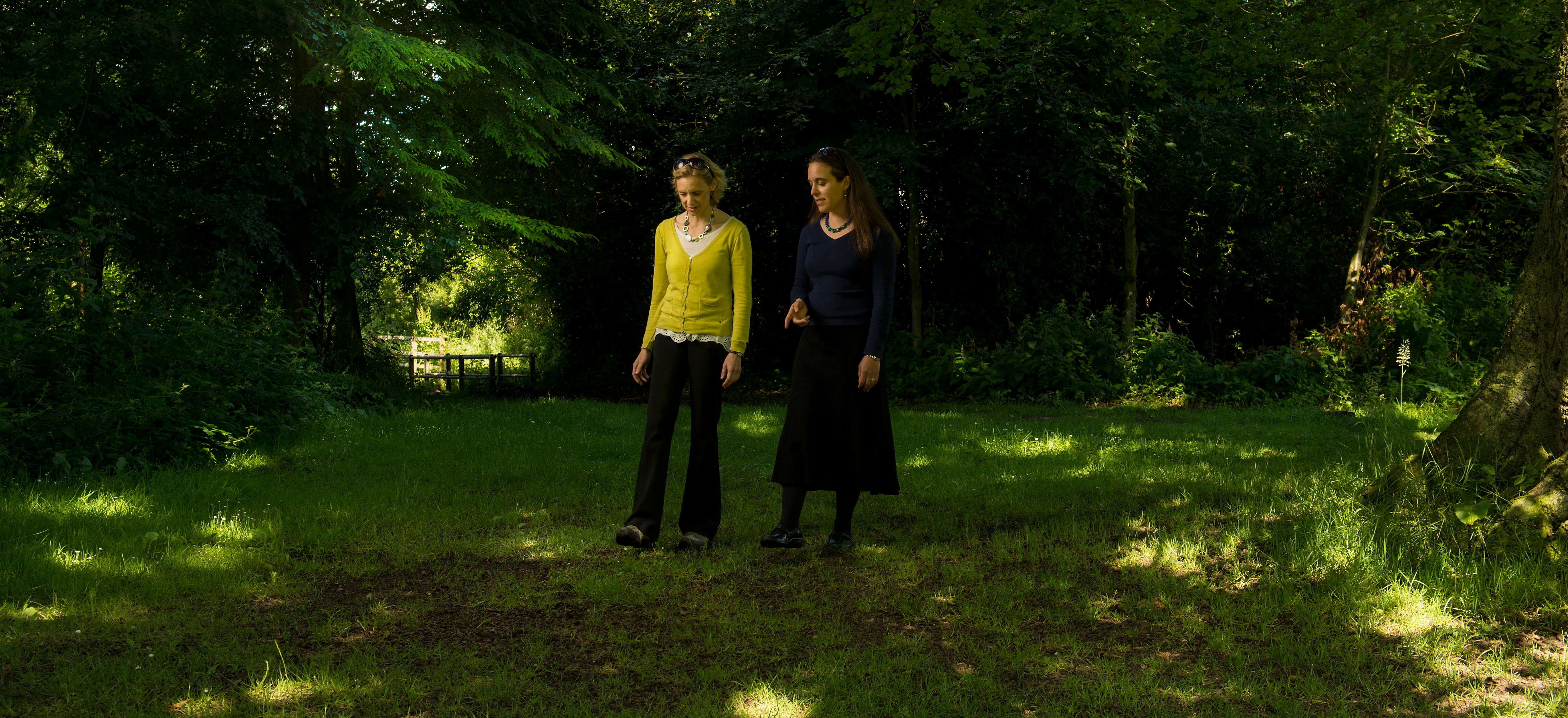 I coach in the outdoors. Clients love it. We walk and we talk. Somehow the movement, the changing scenery, the stimulation of all senses, just being in nature ignites thinking. Many clients comment that their creativity is enhanced and they have more insight when we’re outdoors.
I coach in the outdoors. Clients love it. We walk and we talk. Somehow the movement, the changing scenery, the stimulation of all senses, just being in nature ignites thinking. Many clients comment that their creativity is enhanced and they have more insight when we’re outdoors.
Being in nature – food for the soul.
I know that personally, I am most alive, most attuned and most connected with both the external world and myself when I am outside. I’ve often wondered why, even as a gregarious extravert, I have this deep longing for reflective time in the most inaccessible and wildly beautiful parts of our planet.
Certainly, I spent many of my formative years outside. I had a typical 70’s childhood – hanging out in the garden and in the local park. Our long school holidays were spent in a cottage on the Isle of Wight and my Dad introduced us to sailing, skiing and orienteering. As a 10 year-old school felt demanding, full of rules and restrictions, but in the outdoors I could be myself. Outside there were no right or wrong answers – instead there was freedom to get grubby, to feel the wind in your hair, to swing in the trees and to play with sticks and pine cones. Being outdoors became an obsession that led me to more and more extreme challenges and ultimately World Medals at Orienteering– a combination of pushing your personal limits and being in nature.
This might provide some of the explanation, but not everyone has the same background as I do. But, according to sociobiologist, Edward O’Wilson’s “Biophilia Hypothesis’, all humans have a hard-wired disposition to connect with the natural world. Additionally, there is a wealth of academic research supporting the benefits of being outdoors / in nature for wellbeing and mental health.
Change and new insight
Coaching is the business of change; it’s about insights gained from seeing things from new perspectives. And Nature itself is a constant flow, a state of flux, continual change. Where could be more natural to think about change but in an infinitely changing environment?
Imagine walking through the woods on a summer’s morning – the light dappled through the trees, the sound of the breeze rustling leaves, tiny creatures stirring, birds tweeting, water trickling in a stream, the crunch of leaves under your feet, the smell of lush vegetation. Contrast this with the still and sterile man-made boxes we have for home and office environments. No wonder so many clients tell me they need “space to think”. Going outside frees us from our habitual ways of looking at things. We are often more relaxed, alert and clear-headed, our senses are stimulated and we’re open to new impulses. The conditions are ideal for bright new thinking – quite literally ‘out of the box thinking’.
Are you convinced yet? Ready to get out there? Or not yet won over by the ‘soulful’ appeal? Then consider these arguments that relate to more theoretical and scientific perspectives on coaching and thinking;
Equality in Coaching
Walking and talking addresses equality in the coaching relationship – a fundamental principle of most humanistic coaching methodologies. Here we assume that the thinker is resourceful and has infinite wisdom. The coach, as thinking partner, is not there to teach, give advice or solve problems, but to help the thinker to mobilise their resources. In practice though, coaching often takes place in a ‘consultation-style’ set up, and it takes effort and commitment from both sides to maintain equality and avoid the coach taking on the ‘expert role.’ Walking side by side promotes equality and a judgment free atmosphere of true alignment. For some, silence (a wonderfully under-rated coaching tool!) is more comfortable whilst walking side by side – and a shared distant focus on the path ahead can feel less threatening than continuous direct eye contact.
Neuroplasticity and bilateral activity
Recent research in the field of Interpersonal Neurobiology has provided evidence for the brain’s lifelong ability to grow new neural circuitry (neuroplasticity).
The most compelling case study for this that I’ve come across, is the story told by Dan Siegel, in his much acclaimed book “Mindsight,” about his work with a 92-year old, who awakened and developed a whole area of his brain that had simply lain dormant for over 80 years. At the age of 94 he commented “I cannot tell you how much fun I am having. Life has new meaning now.”
Scientists have shown that it’s the mind’s activity (so where we focus our attention) that determines where in the brain this new circuitry develops. Additionally, at a recent conference I attended, Siegel also suggested this growth is stimulated by ‘bilateral activity’ – integrating right and left sides of the brain. Walking is a bilateral activity – it takes both sides of the brain to work together to alternately move left foot, then right foot. So, the science is telling us that mindful reflection and walking contribute to the ongoing growth and development of our brains. Put the 2 together and no wonder you have a powerful transformational process.
So, there it is – evidence that coaching and mindfulness practice work – and walking at the same time can enhance the process.
What are you waiting for? Time to turn off your device and go outside to think.
Get out there!
